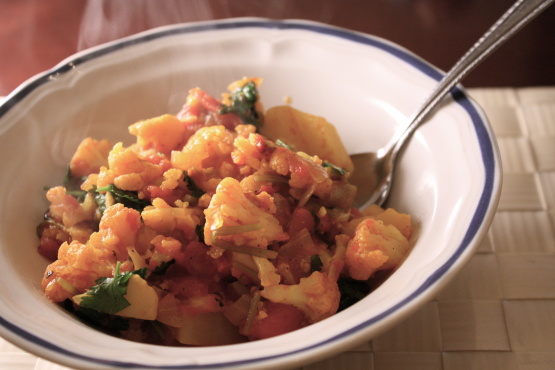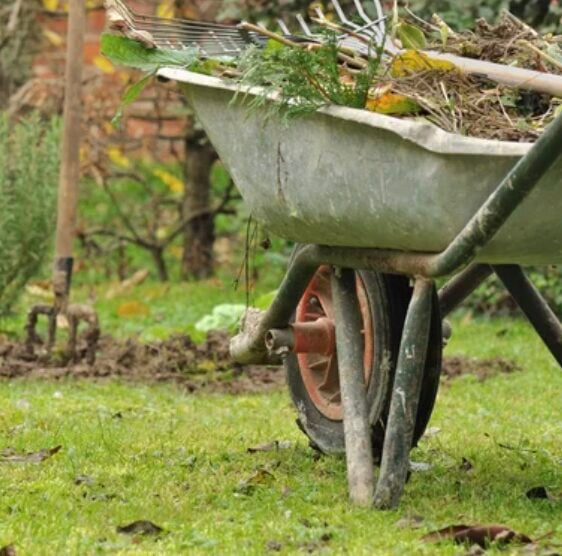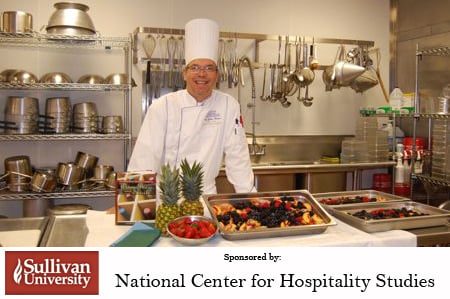From time to time I revisit recipes or ingredients that I may have skimmed over in a past. For many reasons these items didn’t hold my attention, or I found them hard to incorporate in a daily meal or on a restaurant plate.
Usually this is to my detriment as the ingredient in question has a reason for being there in the first place and, if utilized properly, it opens up a whole new set of options for the cook.
As long ago as my first few jobs, Brussel sprouts were a soggy grey vegetable with little to redeem its place on the plate. It took years of plate refinement and attention to the proper cooking methods in order for me to understand the benefits of the sprout. My revelation became complete in an early article written while I was at Dudley’s when I was quoted as saying that the Brussel sprout was heaven, a long way from my original opinion.
There are other examples, and I suppose in a positive light, it shows my adaptability and willingness to try once more the things I might have shunned in my youthful inexperience.
Which brings me to the college educated cabbage, to paraphrase Mark Twain. I’m of course speaking of the cauliflower.
Now before you reminisce (negatively) about the smell and texture of this vegetable let me just state that I was with you on that. For most of my childhood and indeed into my early years of culinary training the cauliflower was best enjoyed in a heavy, cheesy cream sauce baked in a casserole dish topped with bread crumbs.
To most people that was the best way to effectively neutralize the “cabbage” flavor of this cabbage rendering it no more than an offshoot of its better known cousin broccoli. While we may tolerate broccoli in other forms we tend to start with the same principle; cover it up so it doesn’t stink.

Of course if you overcook any member of the brassica family it will result in the sulfurous smell we often associate with cabbage. Imagine, though, that when we overcook anything it might lose its universal appeal quickly; why should cauliflower be any different?
So in my efforts to rehabilitate the cauliflower in my mind, I started simply. Bring some water to a boil, salt it liberally, plunge the trimmed cauliflower buds into the water and cook until they are tender, no more!
Strain quickly, shake dry and toss in butter, salt and pepper. Serve hot and you should taste the sweetness of the cabbage without the acrid sulfur bite. Cauliflower cooked this way adds a sweetness to meals, provides a nuttiness to the flavor mix, and if properly seasoned needs little else to recommend it as a wonderful fall and winter alternative to out of season asparagus and zucchini.
When we take this simple cooking process to the next step, we find a bit of its origin history comes in handy.
The cauliflower is said to have come from Crete and Cyprus, two cultures and cuisines that favor olive oil, garlic, fresh herbs and lemon. After the initial blanching of the vegetable, consider a quick marinade of those ingredients and then a chilled presentation. Or better yet try a quick flash on the grill first.
A word of caution about grilling brassica; if it gets too charred it will be bitter (overcooking again) so be gentle and perhaps use the cooler part of the grill to impart the woodsy flavor. If you like the acid pairing consider pickling the vegetable raw. This is perhaps the one instance when I would not cook the cauliflower.
Make a hot pickling brine of sugar, salt, aromatics such as shallot and garlic and some red pepper flakes as cauliflower loves some heat. Simmer the brine and taste it for balance. You want a bit of sweetness but only to balance the acid and the heat. Any brine should have a stronger flavor when hot as most will be served up chilled.
Make sure you brine several days before serving as the vegetables will need time to absorb flavors and allow the brine to soften textures.
Cauliflower is a mainstay of the Italian giardiniera salad which includes other pickled vegetable served chilled as an antipasti. Not content with these preparations the inventive cook may turn to several other flavor matches drawn from other culture’s experimentation.
Roasted cauliflower with cumin and caraway finished with a little whole butter is a great substitute for cabbage done the same way. Add some bacon and onion to that roast and it further enhances a familiar cabbage recipe while utilizing a “new” ingredient.
One of my absolute favorites, and one that I was introduced to while teaching International Cuisines at Sullivan University/Lexington, is the Indian Punjabi dish Aloo Gobi. Cauliflower, potatoes and an aromatic garam masala with turmeric are a perfect match and the cauliflower’s strength of flavor is put to good use with this dish.
Garam Masala
This is a dry spice mix, the base for what we call curries. Use whole spices whenever possible as they will be fresher that the ground mix. It also helps to toast the spices lightly to extract flavors through the spices oils and enhance the finished spice mix.
2 tablespoons of black peppercorns
4 tablespoons of cumin seeds
2 tablespoons of fennel seed
3 tablespoons of coriander seeds
1.5 teaspoons of whole clove
2 small dried arbol chilies
1 whole cinnamon stickAdd in 1 teaspoon of ground turmeric after the rest of the spices have been ground. Season with salt to order. This can be stored in an airtight container for several weeks. In order to use this as a curry you should sweat some garlic, onion and in my case ginger in clarified butter adding the spice mix about halfway through the process.
Add stock and bring to a simmer. If the potatoes are uncooked you need to cut them small to medium dice and start them first. Once they start to soften add uncooked cauliflower cut to approximately the same size as the potato. Cook covered at a simmer until they are both soft but not mushy in texture, season the sauce and serve with basmati rice.
John Foster is an executive chef who heads the culinary program at Sullivan University’s Lexington campus. A New York native, Foster has been active in the Lexington culinary scene and a promoter of local and seasonal foods for more than 20 years. The French Culinary Institute-trained chef has been the executive chef of his former restaurant, Harvest, and now his Chevy Chase eatery, The Sage Rabbit, in Lexington.
To read more from Chef John Foster, including his recipes, click here.























